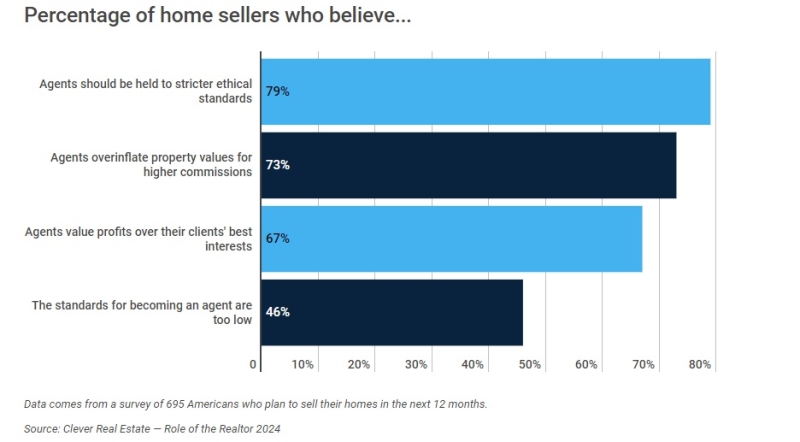New Reports Outline Highs and Lows in Housing Affordability

Housing affordability was the subject of three new data reports, with two pointing to positive developments and the other highlight a significant problem impacting a growing demographic.
First, the good news: The Black Knight Financial Services (BKFS) December 2015 Mortgage Monitor has found that the mortgage payment-to-income ratio is still favorable by historical standards, thus making it easier for many borrowers to purchase a new home.
“Black Knight’s most recent analysis of the data shows that it currently takes 21 percent of the median monthly household income to purchase the national median-priced home using a 30-year fixed rate mortgage,” said Ben Graboske, senior vice president for Black Knight’s Data & Analytics Division. “That’s down significantly from 33 percent back at the top of the market in 2006, and is still below the average of 26 percent we saw in the more stable years before the housing bubble. However, when we look at an example scenario using today’s rate of home price appreciation and a 50-basis-point-per-year increase in interest rates, we see that in two years home affordability will be pushing the upper bounds of that pre-bubble average. At the state level under that same scenario, eight states would be less affordable than 2000-2002 levels within 12 months and 22 states would be within 24 months.
“Right now,” Graboske added, “both Hawaii and Washington, D.C. are already less affordable than they were during the pre-bubble era. On the other hand, even after 24 months under this scenario, Michigan—among other states—would still be much more affordable at the end of 2017 than it was in the early 2000s.”
Separately, Livability.com released its annual “10 Best Affordable Places to Live” list, which the site insisted was made up of “affordable cities that you’d actually want to live in.”
“As with most products you can buy, ‘cheapest’ isn’t always ideal—it’s just the least expensive option,” said Livability.com Editor Matt Carmichael. “Our ranking looks at cities that are attainable financially based on costs and job opportunities, but also good places to live.”
And the Best Affordable Places to Live in 2016, according to Livability.com, were all found in either the Central or Mountain Time Zones. Huntsville, Ala., topped the list, followed by Bismarck, N.D.; Rochester, Minn.; Round Rock, Texas; Sioux Falls, S.D.; Provo, Utah; Greeley, Colo.; Cedar Rapids, Iowa; Holland, Mich.; Bloomington, Ill.
Now, the not-so-good news: Data from Make Room, an advocacy group supporting the rights of renters, has determined the number of senior households paying unaffordable rent increased by 25 percent nationwide over the past decade, from 22.5 million to 28.1 million. The number of seniors paying more than half of their pre-tax household income toward rent and utilities spiked during the same period 34 percent, from 1.4 million to 1.8 million. Seniors currently make up 29 percent of those living in Low-Income Tax Housing Credit properties and 22 percent of Section 8 voucher recipients.
Within the major metro markets, Kentucky’s Louisville/Jefferson County metro area saw the greatest increase in unaffordable rents for seniors (10.5 percentage points), followed by New Orleans (9.8 percentage points) and Connecticut’s Hartford metro area (9.6 percentage points).
“The significant increase in the number of seniors paying unaffordable rent is staggering, especially because it is outpacing the overall growth of the senior population,” said Angela Boyd, managing director of Make Room. “Rising, unaffordable rents are jeopardizing older Americans’ retirement security, including the ability to stay in their homes and communities, and to afford health care and medicine.”





